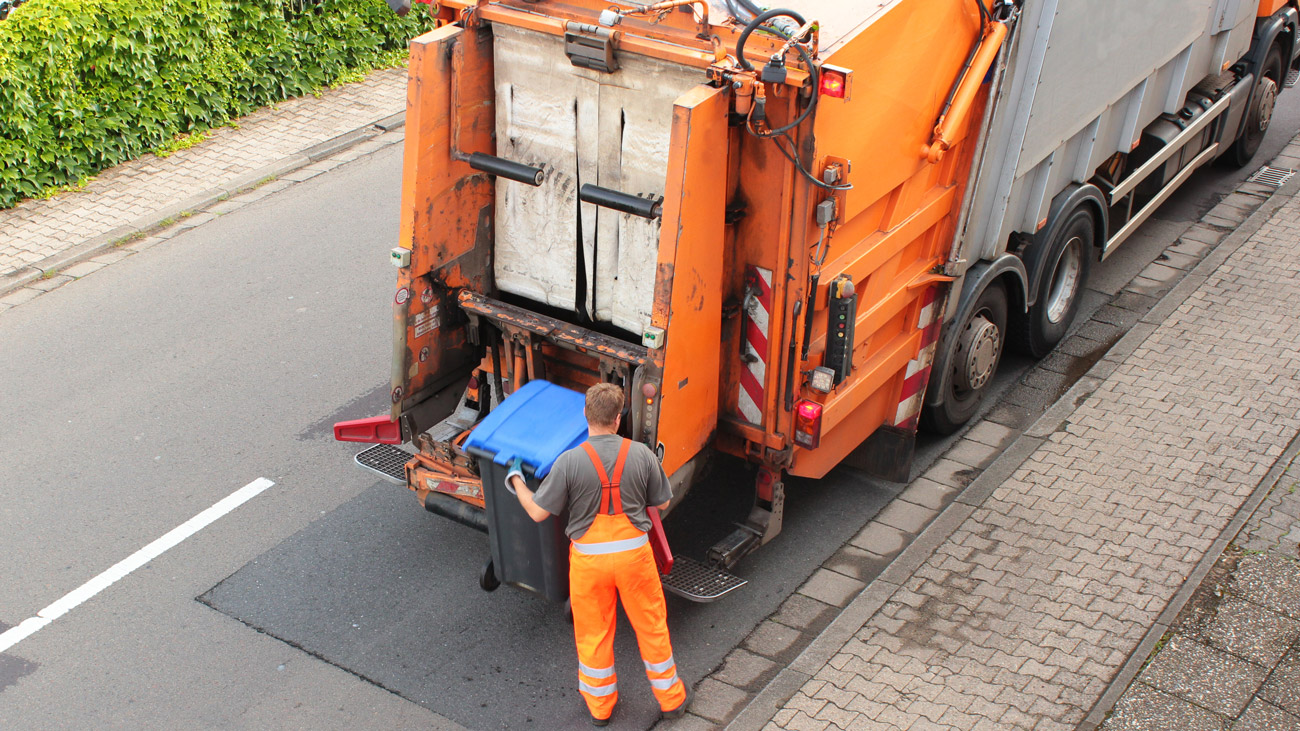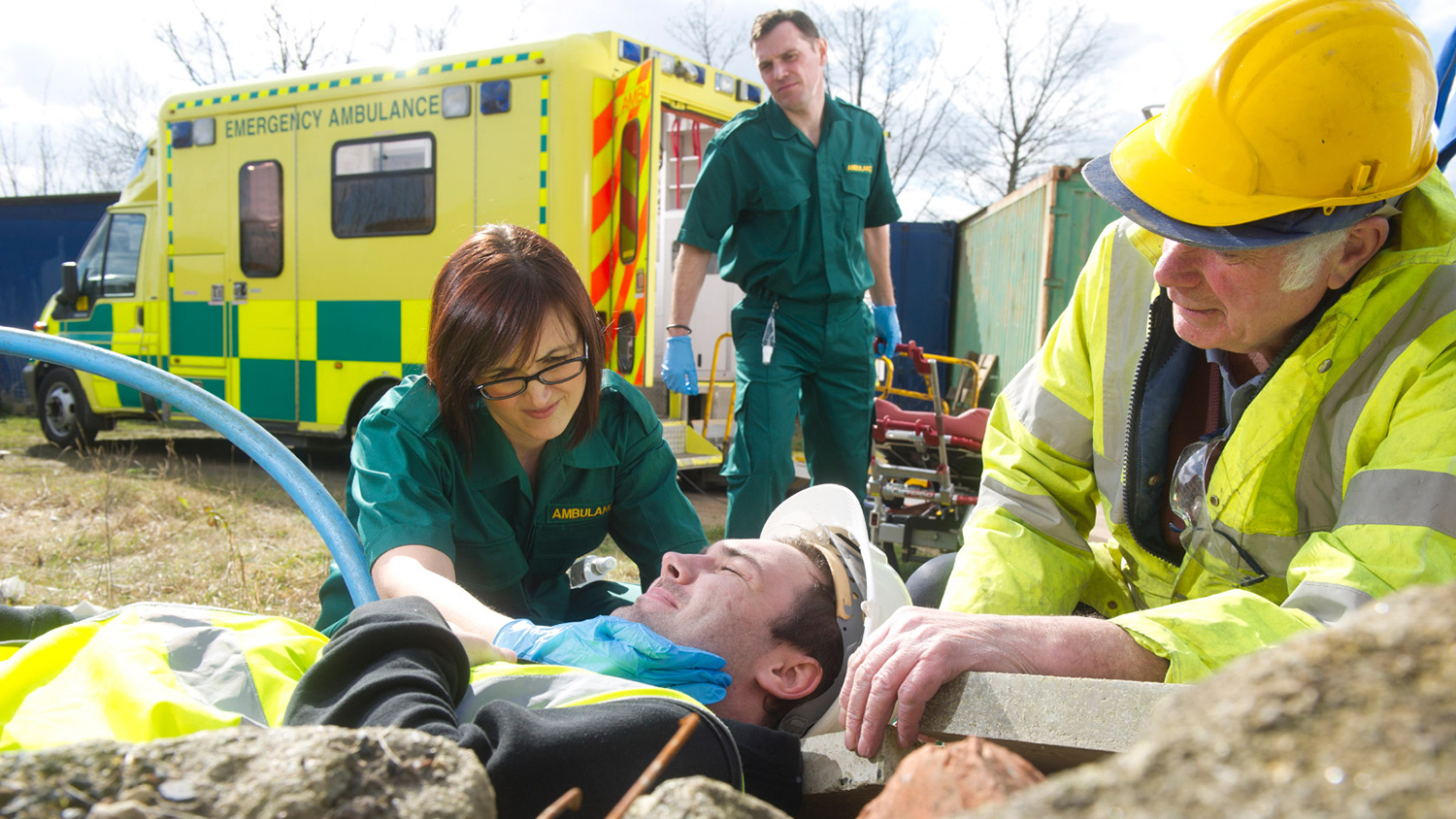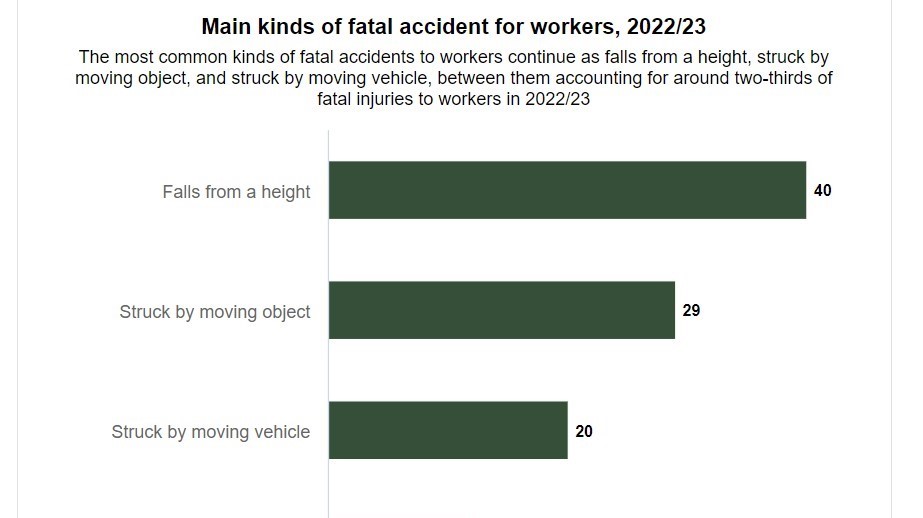
Briefing: Lone workers – an increasing need for protection?
Certain jobs have always involved elements of lone working, either as part of or the whole job, but recently, the number of people working alone has increased as patterns of work have become more varied in the wake of the COVID-19 pandemic and the rise in remote working. In this briefing, law firm rradar looks at the many safety factors related to lone working.
One of the most significant and concerning safety factors affecting lone workers is that of violence. Although unpredictable and often random in nature, employers can take steps to reduce its likelihood and offer reassurance and protection for workers.
What’s the definition of lone working?
A lone worker is defined as someone who works alone all the time or for some periods (such as factory or warehouse workers, those in leisure centres), alone outside normal office hours (such as cleaners, security guards), or away from a fixed base (such as agricultural and construction workers, postal staff, social and medical workers or taxi/delivery drivers).
Violence – the definition
The Health and Safety Executive (HSE) defines violence as “any incident in which a person is abused, threatened or assaulted in circumstances relating to their work”. This means that violence will also include threatening behaviour or verbal threats that don’t involve physical contact but can be traumatic or frightening in themselves.
Violence in the workplace can lead to physical injury and work-related stress, which may have serious and long-term effects on workers' physical and mental health. It can also lead to high staff turnover, low productivity and damage to the employer’s reputation.
The risks
Lone working doesn’t always mean a higher risk of violence, but it does make workers more vulnerable. Not having support nearby means that it will be harder for the worker to prevent an incident occurring or seek immediate help.
Some of the key workplace violence risk spots include:
- Late evening or early morning work, when fewer people are around; lone workers are particularly vulnerable here.
- Workers such as security staff, who have authority over customers and are enforcing rules; such workers may well be on their own for prolonged periods of time and confrontation can increase the risk of violence.
- Dealing with people affected by alcohol or drugs; the potential for violence can increase because of these factors and reactions can become irrational and hard to predict or manage.
- Carrying money or valuable equipment; the lone worker may be targeted for robbery, and this may involve violence to seize the valuables. The worker may well have been targeted because they are alone.
Risk assessments for lone workers
Any risks to lone workers, not just violence, must be covered by a proper risk assessment. When this is being drafted, it’s recommended that the employer seeks the input of the lone worker, as they may be able to suggest things that have been overlooked.
In order to ensure it’s still up to date and fit for purpose, the risk assessment should be reviewed routinely; at least every 12 months and definitely when something has changed in the workplace that means new risks might be present.
Monitoring the safety of lone workers
Monitoring procedures should be set up for lone workers. They may include visits by supervisors at regular intervals or contact at pre-agreed intervals using whatever method is best suited to the circumstances - for example, phones, radio or email.
Another option is to use warning devices that will be triggered if a specific signal isn’t received from the lone worker at regular intervals.
If the lone worker is using a particular location as a base but carrying out jobs or tasks elsewhere, then a system should be developed to confirm that they have returned to base after completing the task. Failure to receive confirmation would be a first warning that something might be wrong.
Training for lone workers
Where there isn’t the opportunity to supervise workers, training is the next best option. It will provide guidance and help in uncertain situations, such as the threat of violence, aggressive behaviour or actual violence.
That training should be sufficient to give lone workers the knowledge and experience they need, not just to handle the everyday demands of the job but to recognise when a situation could develop into violence and what to do when it does. This could include de-escalation techniques or having some safe escape route if a violent incident develops.
Support in the event of violence
If a lone worker has experienced a violent incident, it can be very traumatic and have long-lasting effects, both physical and psychological.
They can’t be expected to get over such an incident quickly and return to work as if nothing has happened. Indeed, if lone working was a factor in the violent incident, they may not wish to return to that role at all.
Support measures for affected workers can help them to make a better and quicker recovery and reassure them that their employer is on their side.
Workers can, of course, play an important part by ensuring that they report all incidents of violence, either actual or potential, so that their employer can compile an accurate picture of the risks faced by lone workers. In this instance, it’s better to over-report than under-report.
Lone working on other companies’ sites
When a worker is working alone on another company’s site, their employer is still responsible for their health and safety, even though the other company owes that worker a duty of care as well.
Enquiries can be made about what the other company’s health and safety arrangements are and what control measures can be put in place to ensure employee safety. An agreement should be reached regarding the first aid provision and location on the other site.
When a worker's first language isn’t English
Lone workers from outside the UK may come across unfamiliar risks, in a workplace culture very different from that in their own country. Employers need to ensure that the worker has received and understood the information, instruction and training they need to work safely.
International Workplace's Lone working training course explores the hazards and risks associated with working alone and the additional controls an organisation should consider in order to promote safe lone working. This course is designed to introduce organisations and individuals to the considerations of lone working, as governed by the Health and Safety at Work etc. Act 1974, and the Management of Health and Safety at Work Regulations 1999.
Our Lone working course is suitable for any individual who works by themselves and needs to consider practical steps to reduce the risk to their personal safety and wellbeing. Find out more here.







